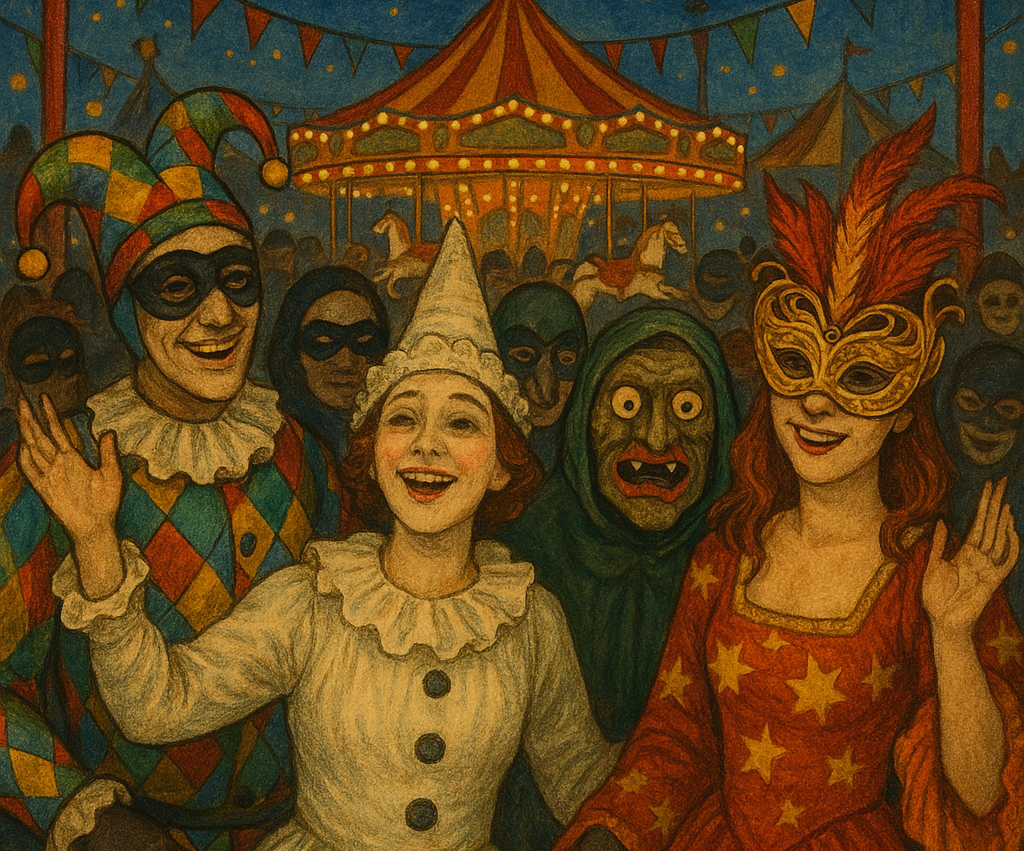
Have you ever seen a movie where a character suddenly talks to the audience, or a cartoon where the hero jumps out of the TV screen? That’s not just a fun trick — it’s called metalepsis. In simple terms, metalepsis happens when a story breaks the invisible wall between the world inside the story and the real world, or between layers of stories. It’s like when a character becomes aware they’re in a story, or when the storyteller steps into their own creation.
This idea comes from narrative theory, but you’ve likely seen it in everyday entertainment. For example, in Deadpool, the hero constantly talks to the camera and jokes about being in a superhero movie. In Tom and Jerry or Doraemon, characters sometimes interact with the animators or step outside the frame — a classic cartoon version of metalepsis. Even in books like The Neverending Story, the line between reader, writer, and character gets blurred.
Metalepsis often surprises us because it challenges how stories “should” work. It reminds us that stories are made things — and that creators can play with the rules. When used well, metalepsis can be funny, shocking, or even emotional, because it makes the audience feel like part of the story. It’s also common in advertisements, memes, and even Instagram reels today — where people joke about “breaking the fourth wall” or being “in a simulation.”
So the next time a character looks straight at you from the screen, or the story seems to fold in on itself, smile — you’ve just experienced a dose of metalepsis. It’s storytelling getting clever, cheeky, and just a little bit rebellious.
RELATED POSTS
View all


